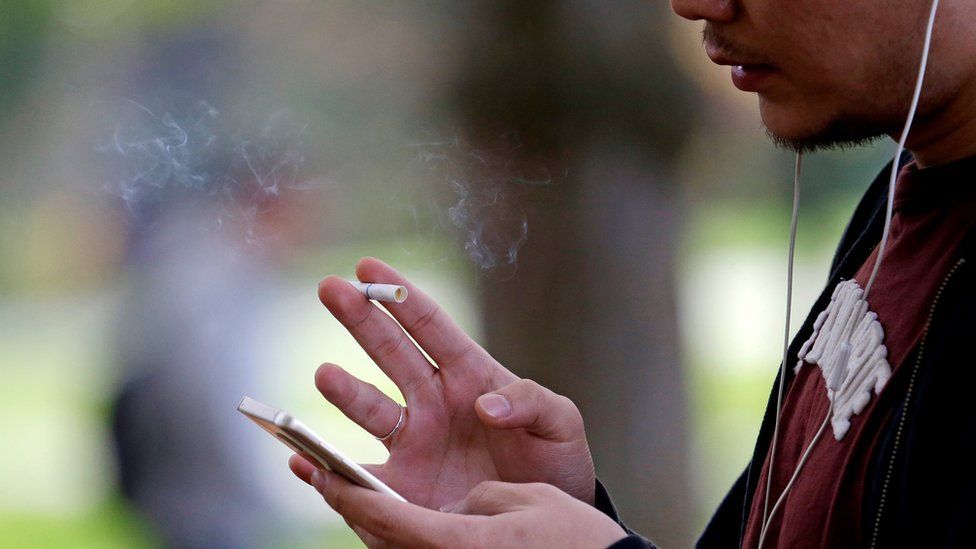Smoking ban plan for US public housing
- Published

The US Department of Housing and Urban Development (HUD) has proposed banning smoking in and around all public housing properties across the US.
The agency said the ban was necessary to protect residents from second-hand smoke and to save money in healthcare and repair costs.
Under the ban, smokers would not be able to light-up inside buildings or within 25ft (7.62m) of them.
After a period of public consultation, the plan could become law in 2017.
The HUD has conducted a long campaign to make public housing - known as council housing in the UK - smoke-free.
In 2009, it began pressing the US's more than 3,100 public housing agencies to make their properties smoke-free.
At the moment, over 228,000 public housing units have smoking bans. The new rule would affect the more than 940,000 units that continue to allow smokers to light up.
"We have a responsibility to protect public housing residents from the harmful effects of second-hand smoke, especially the elderly and children who suffer from asthma and other respiratory diseases," said HUD Secretary Julian Castro.
The housing chief said that the rule would protect over 760,000 children and save an estimated $153m (£100.5) in healthcare costs, repairs and preventable fires.
His sentiments were echoed by the US surgeon general, who shared his concerns about second-hand smoke.
Similar bans have been implemented across the globe.
Last month, a law banning smoking in vehicles carrying children came into force in England and Wales - which could result in fines of £50 for violators.
The Scottish Parliament is expected to consider bringing in its own law banning smoking in cars carrying children next year.
- Published1 October 2015
- Published1 June 2015